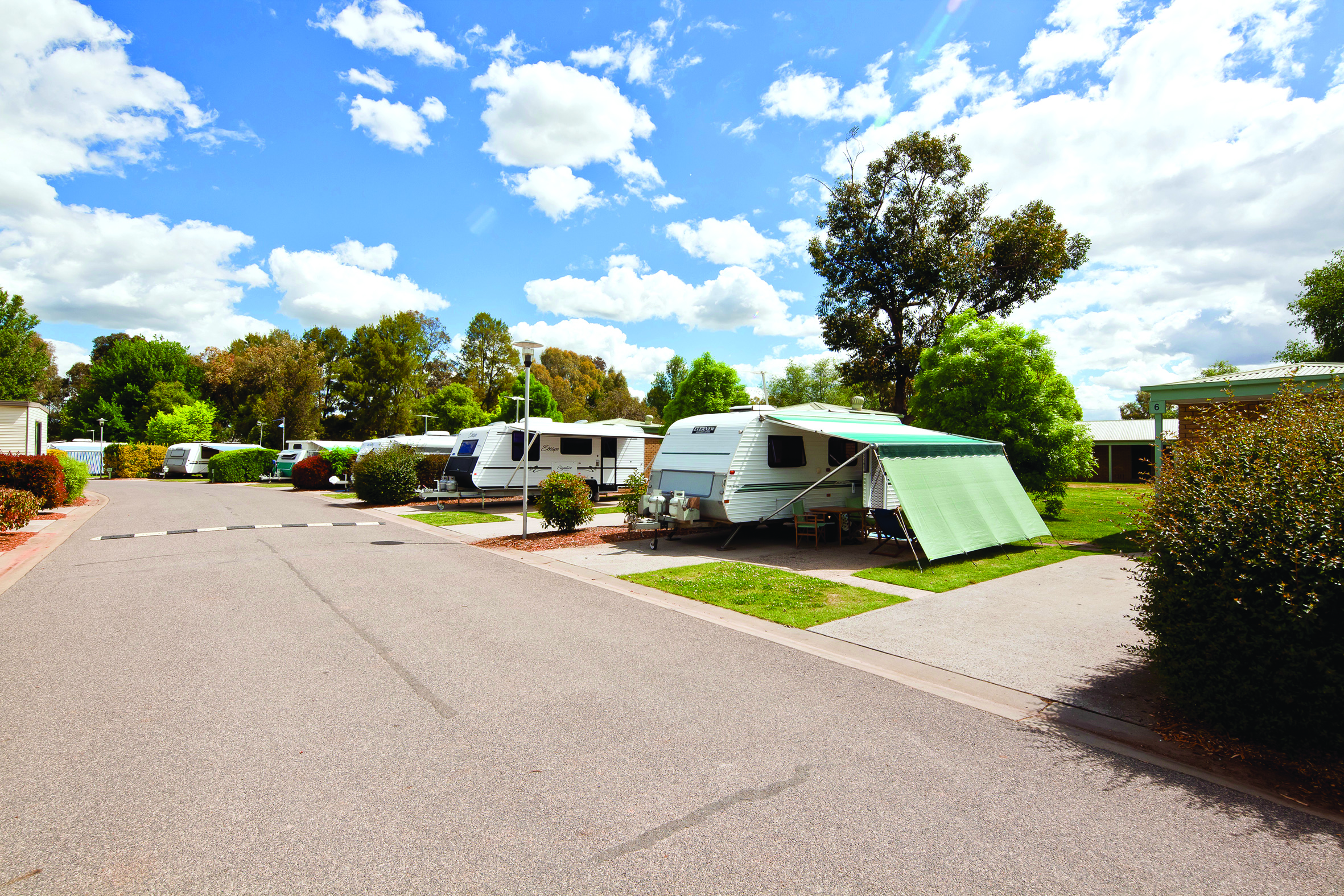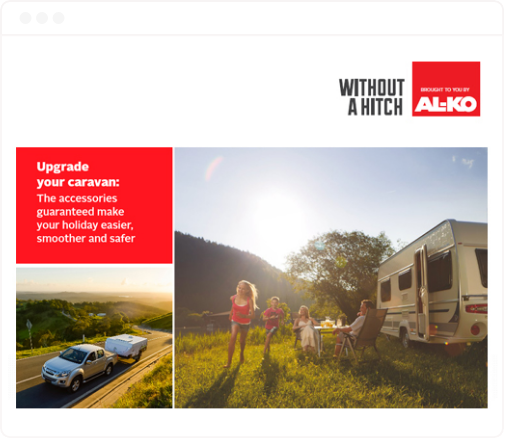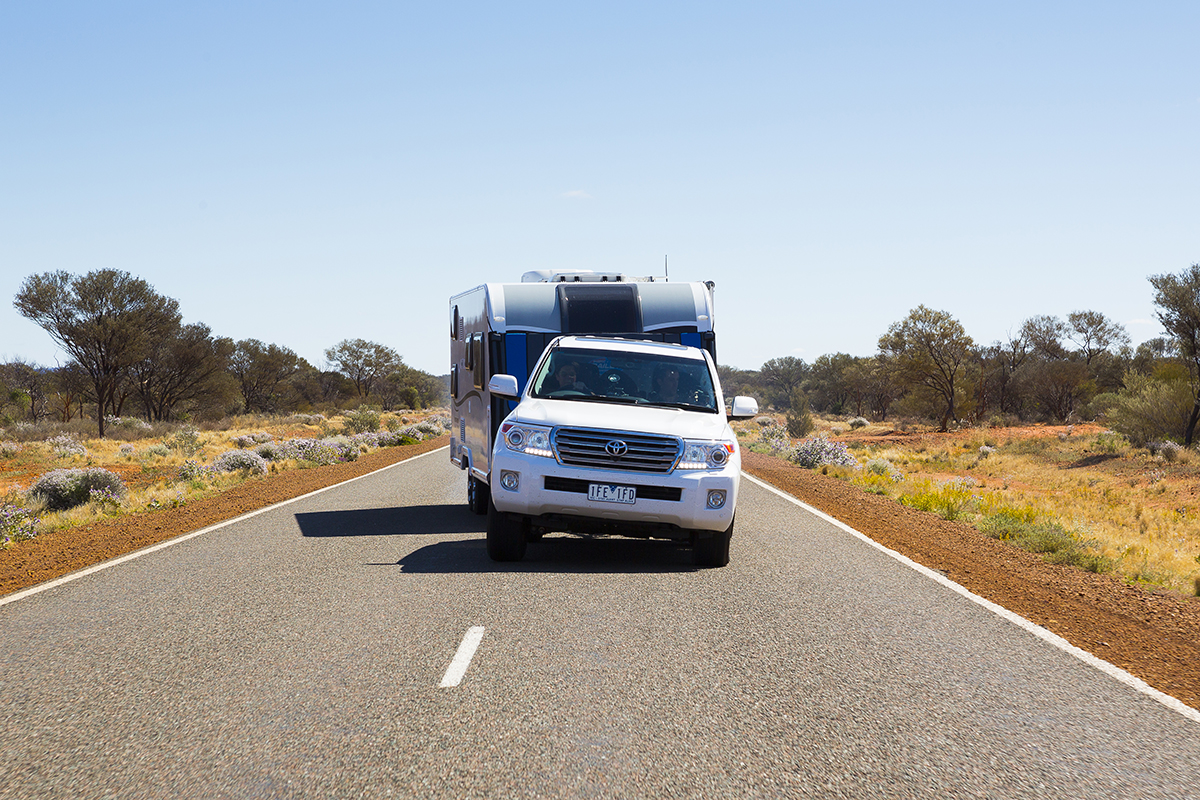The trend of renting your van to fellow adventurers when you aren’t using is taking the caravan world by storm. If you’re interested in joining the sharing economy, here’s everything you need to know.
Of course, renting out assets isn’t a new concept, and caravan rental services have existed almost as long as caravans have. The difference is that now technology is enabling individuals to do it for themselves and compete with the big rental services.
A fair number of “peer-to-peer” caravan rental services have popped into existence in just the last few years, all competing to be the “Airbnb of caravans”. The idea is very similar to Airbnb, that famous — and famously controversial — disruptor of the hotel industry. Camplify, SHAREaCAMPER, MyCaravan and Outdoorsy in Australia and Mighway in New Zealand are just some of the examples so far. These apps or websites simply act as an extremely low-cost middleman, connecting prospective renters with owners. You create a profile and specify when your caravan will be sitting idle, and then begin renting it — the perfect way to offset the cost of a new van, or perhaps create a little extra cash to fund using it more often yourself!
Of course, even though the creators of these services strive to make it as user-friendly as possible, there’s always a bit of hesitation with new things. That may be changing, though. In the Caravan Industry Association of Australia’s (CIAA) first ever RV Consumer Report, published last year, 62 per cent of RV owners said they would would consider using a peer to peer network to rent their van. Justin Hales, founder of Camplify, says this is a huge change from when he began.
“It took a long time to build trust. When we first started we would get maybe four or five vehicles a month signing up, and in August we had 260 sign up.
“Those stats show the change in attitudes and the growth of the sector of people willing to look at it as an option now.”
Richard Duncan, Sales Manager with MyCaravan, says there has been a “big change” since the platform was unleashed five years ago.
“Our first audience was the older generation, retirees that are cashed up,” he says. “But we have seen a change now where a lot of families are getting involved, and a lot of them are factoring it in when they are purchasing the caravan.
“They are thinking, ‘yes it is a $50K outlay but per year, I can get $15,000 to $20,000 back over that period which will help to subsidise the outlay’.”
Some platforms estimate you can earn up to $25,000 a year, but of course it all depends on how often you rent it and what you charge. Owners set their own rates, and the platform can’t tell you what to charge. Some include online calculators to help, but the easiest method to set a price is simply to browse other listings.
Once your ad is up, you can adjust the price depending on the volume of responses. Because most platforms charge a cut of rental fees, rather than an up-front charge for the ad, you can afford to experiment.
You should also consider charging a little more during busy times like school holidays or Christmas time — if you won’t be using it yourself on those peak dates!
Getting started
Firstly, you’ll need to provide documentation proving your RV has passed your state’s obligatory safety test. Signing up to most platforms only takes a few minutes. The process varies between each company, but the idea is to get the best listing possible. All offer phone and email support if you get stuck, and some offer more extensive online training courses that cover taking the best possible photos for the ad, what you need to know about insurance and advice on rates.
You choose the dates that your vehicle is available, specify how far you’re willing to tow it to deliver to a renter — if at all — and whether you’ll allow pets, among other options.
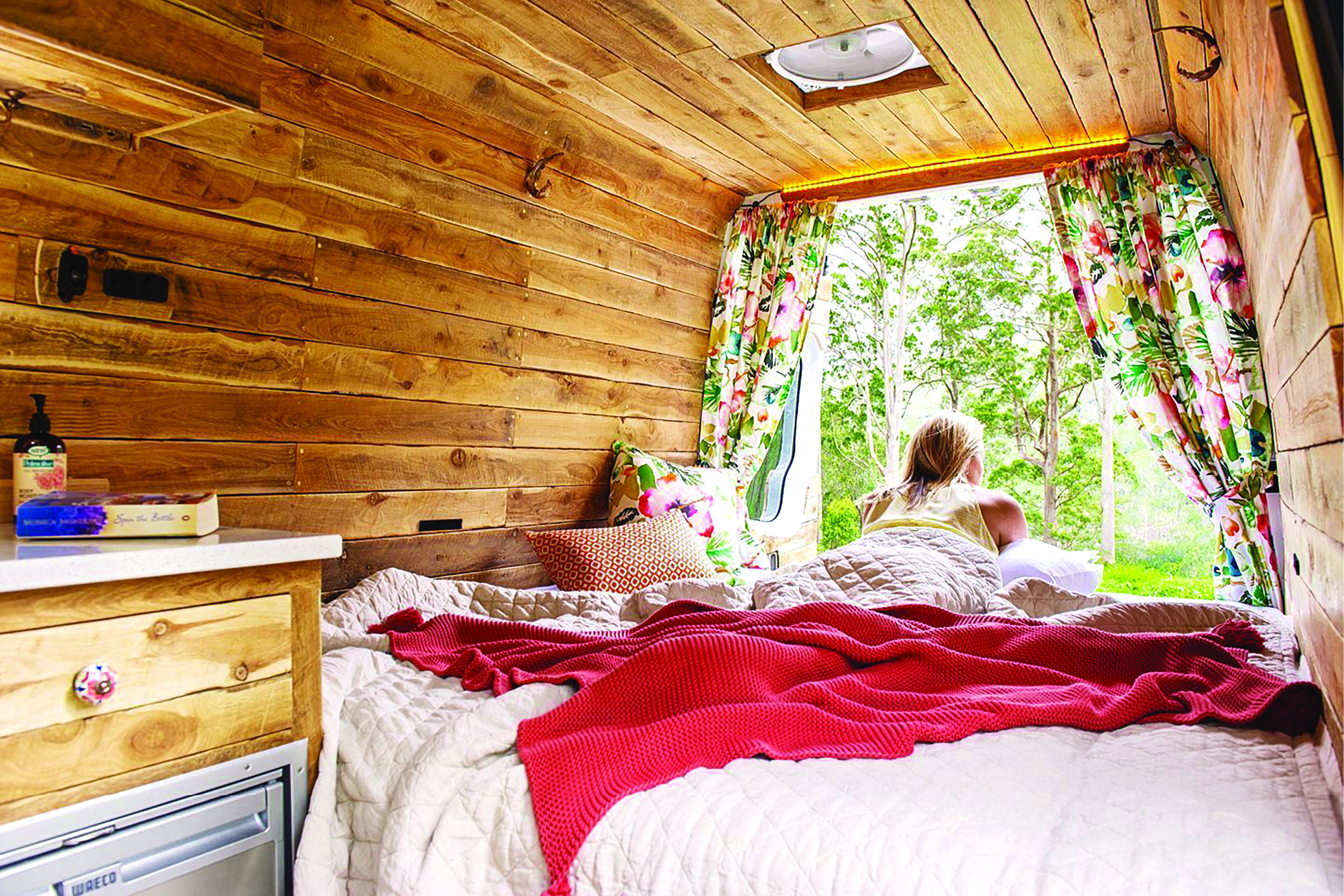
Once the booking is live, it’s just a matter of sitting back and waiting to be contacted. They’ll reach you through the platform’s internal messaging service — either on the site or app, or connected to your email — and you get a chance to ask questions before deciding whether or not to accept the booking.
When you’re happy with a prospective renter, you can arrange the time for the pick-up. They’ll pay the platform at the rate you’ve chosen, plus any service fee, petrol, cleaning fee and bond that the platform includes.
As noted above, platforms don’t charge you to place your ad, instead taking a cut, usually 10–15 per cent, from the rental fee.
Barriers to overcome
Camplify’s Justin Hales says fear of the unknown is the biggest reason RV owners hesitate before diving into peer-to-peer renting.
“Am I going to be insured correctly if something does go wrong, what if someone doesn’t treat it as well as I do — it is all those things,” he says. “It just takes time for things to be adopted as the norm. As it gets more accepted you get more people who see it has worked for those people, there’s not too much trepidation for me to try it.”
MyCaravan’s Richard Duncan says ‘Stranger danger’ is a key issue. All platforms have some level of verification process that renters must go through in order to be accepted as a user of the platform. Licence checks are a key component.
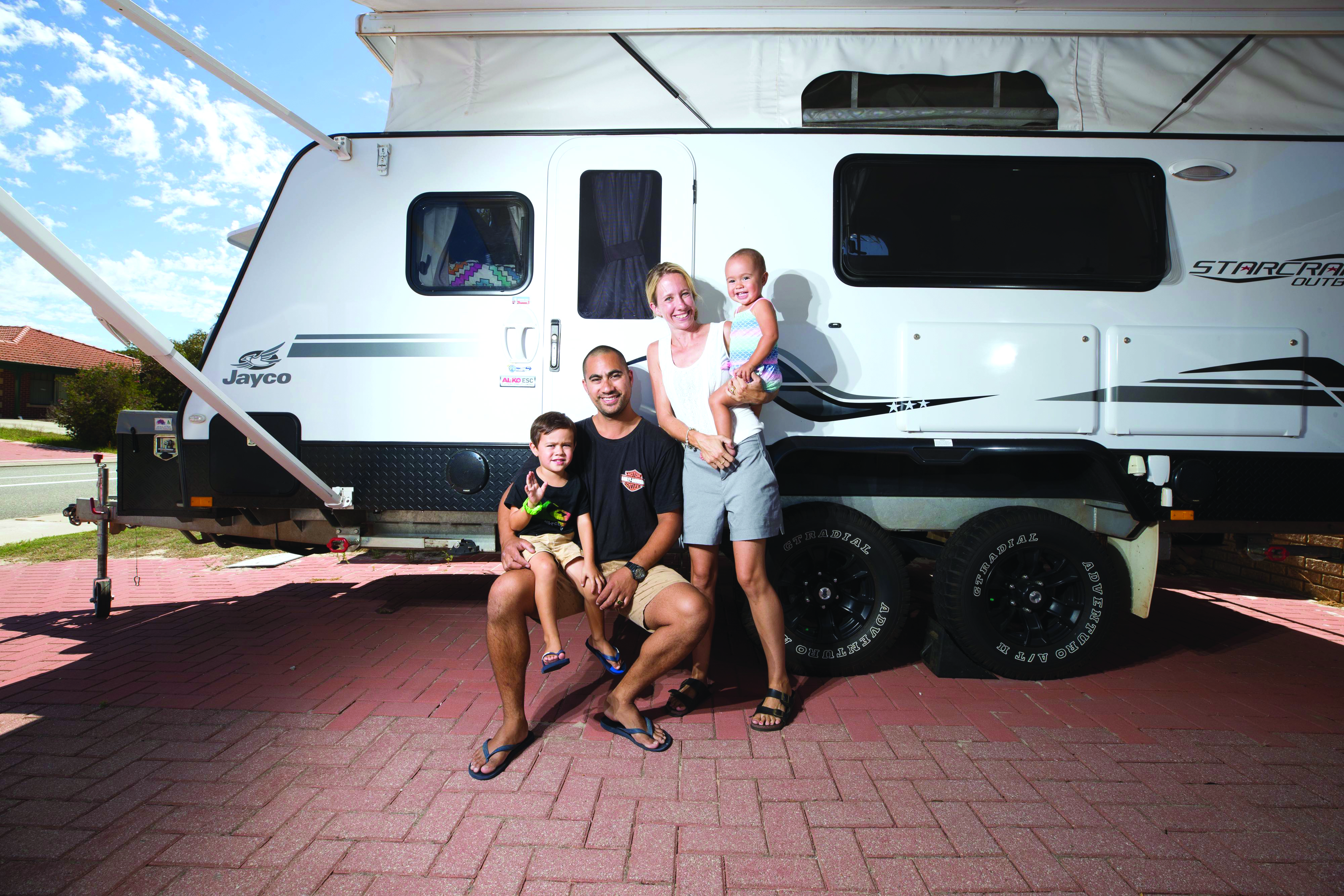
The key to remember is that, as an owner, you can say no to any booking if it doesn’t feel right. Hales says Camplify’s training includes the right questions to ask a potential renter.
Finally, insurance is an important issue you’ll need to address. Most insurance policies in Australia cover your RV for private use only. Once you lease your vehicle to another person for money, it changes the nature of its use to a business, which affects what is covered.
You will need to get additional cover for a hire arrangement, either through your existing insurer, or through the rental platforms. Not many insurers offer coverage for peer to peer rental platforms, but the industry is starting to catch up. Many platforms will offer advice or frequently asked questions to help you insure your RV appropriately.
CIL Insurance does offer cover for rental purposes. Its Hire Use Option is an extension of an existing RV insurance policy but for an additional premium. The extra cost varies depending on details such as the address where the RV is kept, its age, the total sum insured, age of youngest driver and choice of excess. It covers accidents, theft or attempted theft, fire, storm, flood, malicious damage and hail.
Owners need to inform CIL of the timeframes when their RV will be rented, as well as when it is returned so the company can adjust their premiums.
The other alternative is to pay for insurance through the platform on which you list the vehicle. Each site will offer a different product that will insure different things for varied premiums and excesses, so it is vital to read through the product disclosure statements very carefully.
Camplify offers an option to pay a daily rate, or become a Premium Member where a monthly fee is deducted. All policies include roadside assistance. ShareACamper has two levels of daily rates, Outdoorsy also has a liability offering while MyCaravan has an agreement with NRMA.
Hot tips
The most important tip for success in the sharing economy is to have a great listing. That means lots of technical information about your RV and the inclusions you’re offering, and amazing photos that really show it off. If you really want to go all out, consider having professional photos taken.
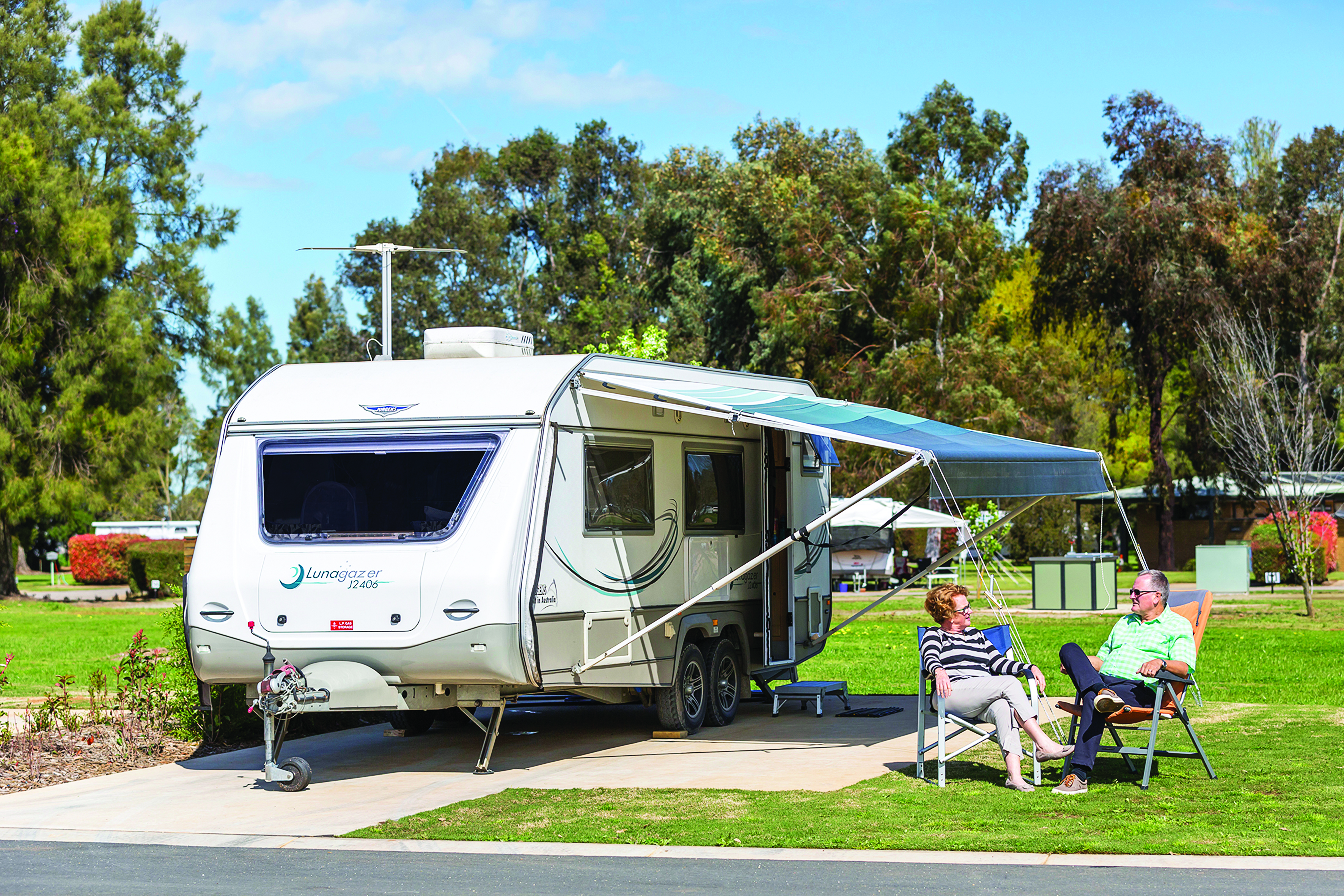
The sharing economy is supposed to be a personal, friendly space, so if you’re comfortable with it, get personal. Let potential renters know a little about you, why you love your RV and where you’ve travelled with it. That will help give them an idea of what kinds of trips it’s right for.
It’s also important to be responsive. Reply to renters quickly when they ask questions or make bookings.
Try to make the whole process as smooth and flexible as you can. A little extra effort and personal touch on customer service and soon the glowing reviews will be rolling in. Those reviews are the best way to boost your future bookings or allow justify charging higher rates.
Last, it’s a good idea to create a renters’ handbook. Include checklists of things to take, turn on and off and maintain while on the road. Don’t be afraid to be detailed!
Taking the first steps into the sharing economy can be intimidating, but once you’ve dipped your toes in, you may find that you love it. If it turns out to be right for you, there’s little reason to leave your RV wasting time in your driveway, especially when it could be earning the cash to fund your next trip!

